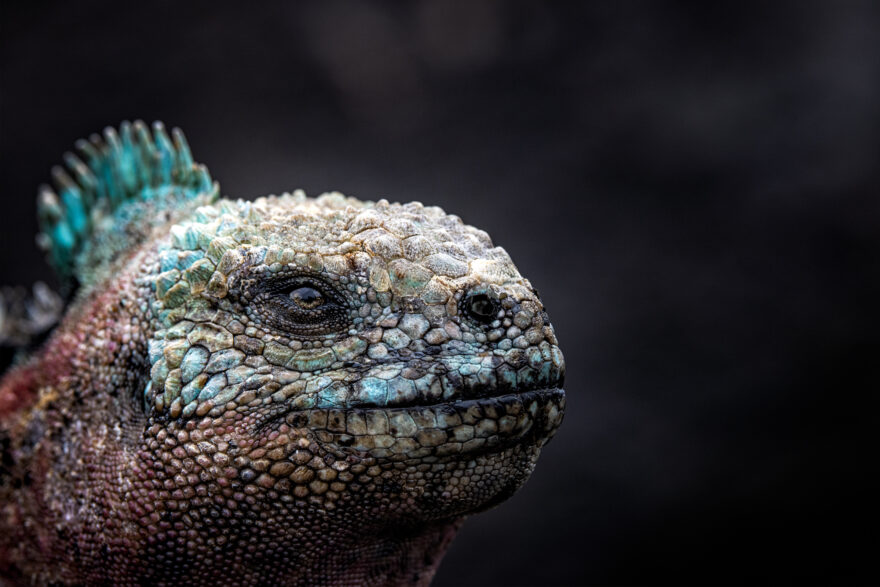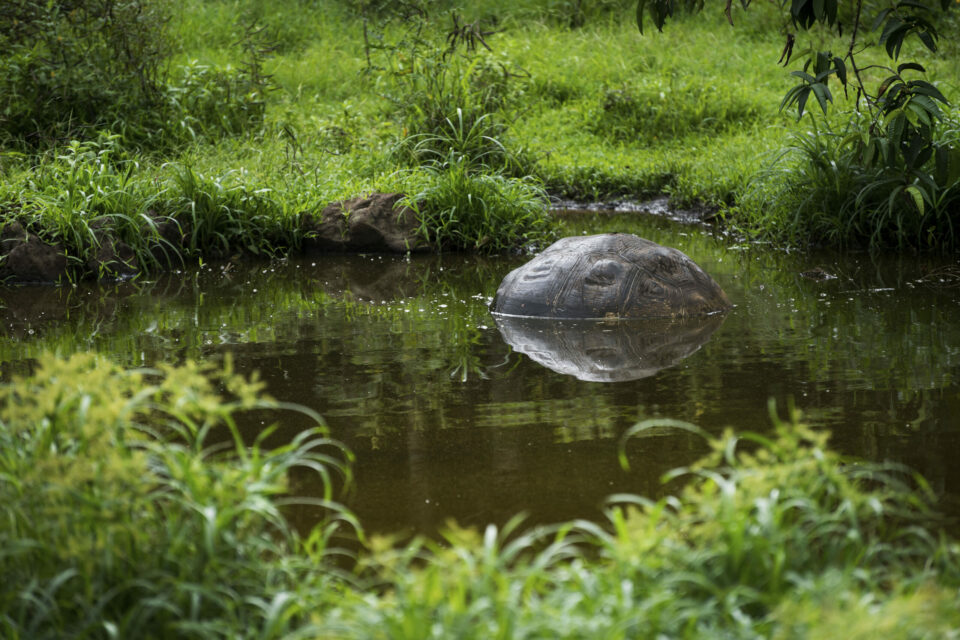

Alberto the Waved Albatross: Meet the author
We asked Sarah Langford, author of Alberto the Waved Albatross, about her experience writing the book and the benefits she has seen from engaging young people with environmental education.
In our latest storybook, Alberto the Waved Albatross, we join Alberto on his greatest adventure, raising a chick with his partner Isabela on Española island in Galapagos while overcoming many obstacles, including industrial fishing and plastic pollution. Storytelling is a great way to introduce younger generations to environmental issues, inspire them to adopt environmentally conscious behaviours, and become lifelong ambassadors for Galapagos.
We asked Sarah Langford, author of Alberto the Waved Albatross and our two other storybooks, Marti the Hammerhead Shark and Tessa the Giant Tortoise, about her experience writing these books and the benefits she has seen from engaging young people with environmental education.
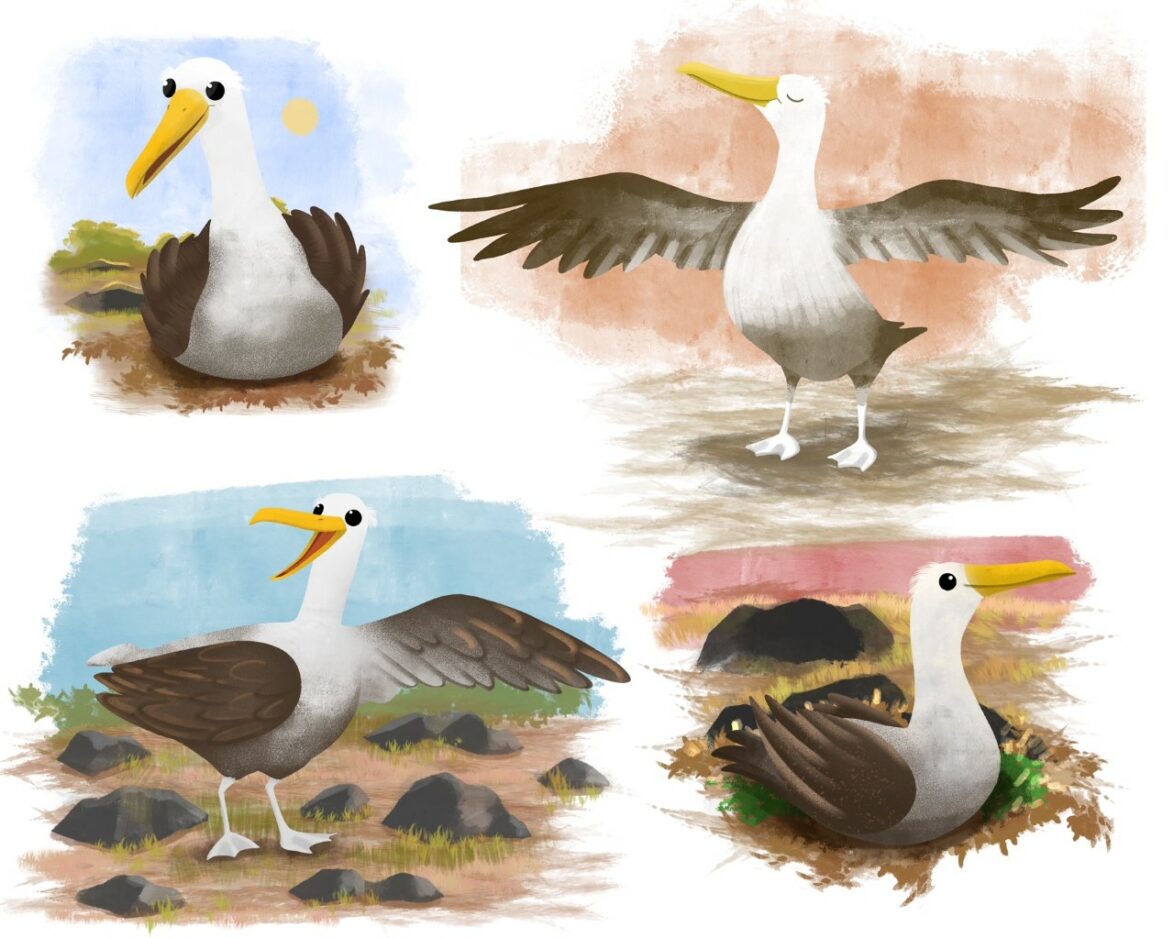

Waved albatross
Phoebastria irrorata
The waved albatross has the largest wingspan in Galapagos, but these monogamous birds are under threat.
What drew you to working with Galapagos Conservation Trust and writing the Alberto the Waved Albatross, Tessa the Giant Tortoise and Marti the Hammerhead Shark storybooks?
After visiting the islands some years ago, I decided to write a workshop to deliver to UK schools on my return. My intention was to share the wonderful islands with children in the UK. After seeing an advert not long after for an educational volunteer at Galapagos Conservation Trust, I applied and soon after became a member of the team. Our first book, Marti the Hammerhead Shark, was the dream of Alex Hearn, who works with these beautiful animals to track and help protect them. Working with him to bring their story to life was a wonderful experience. A few years later, Tessa the Giant Tortoise arrived on the scene. After all, we had explored the oceans, so we needed to return to land! Alberto, the Waved Albatross, completes the trilogy as the ‘air’ element.
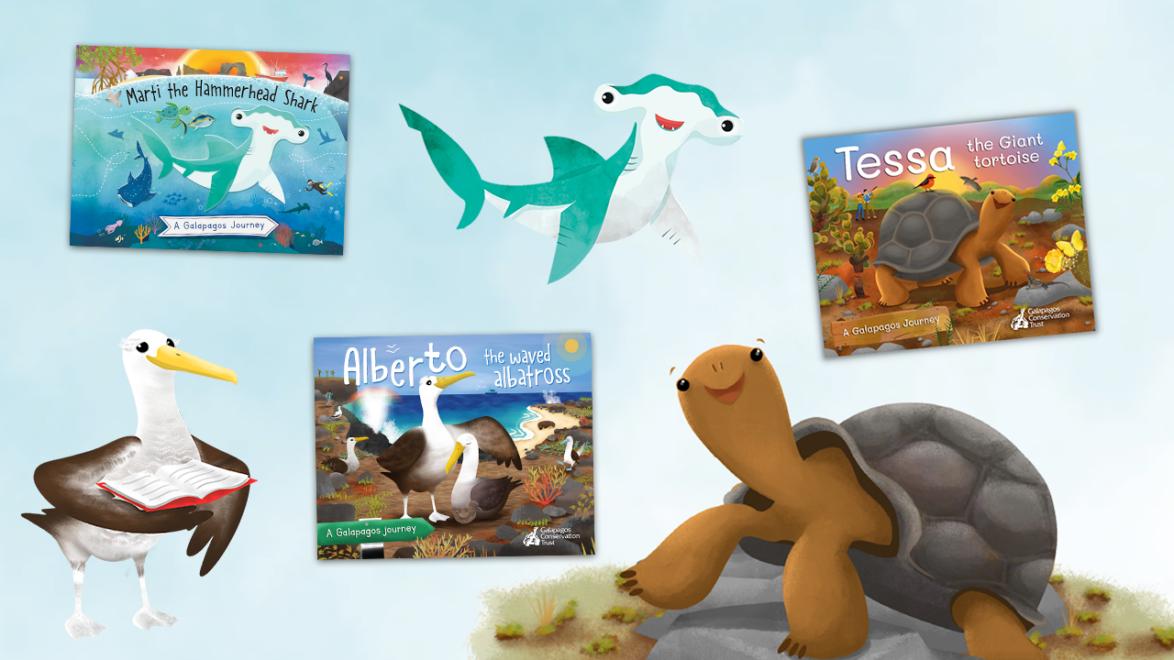
What is your process for taking an idea and transforming it into a storybook?
I begin by researching the animals, their habitats and the issues they now face in ever-increasing challenging environments. I consider how we can explore these challenges through storytelling, using the narratives of the animals’ lives. I am keen to strike a positive note despite the challenges faced so that readers feel empowered and able to help. In each stage of the story development, we have the support of expert scientists and islanders who share ideas and ensure facts are accurate. I still use a large A3 pad to draft, draw and scribble my ideas before I put fingers to keys!
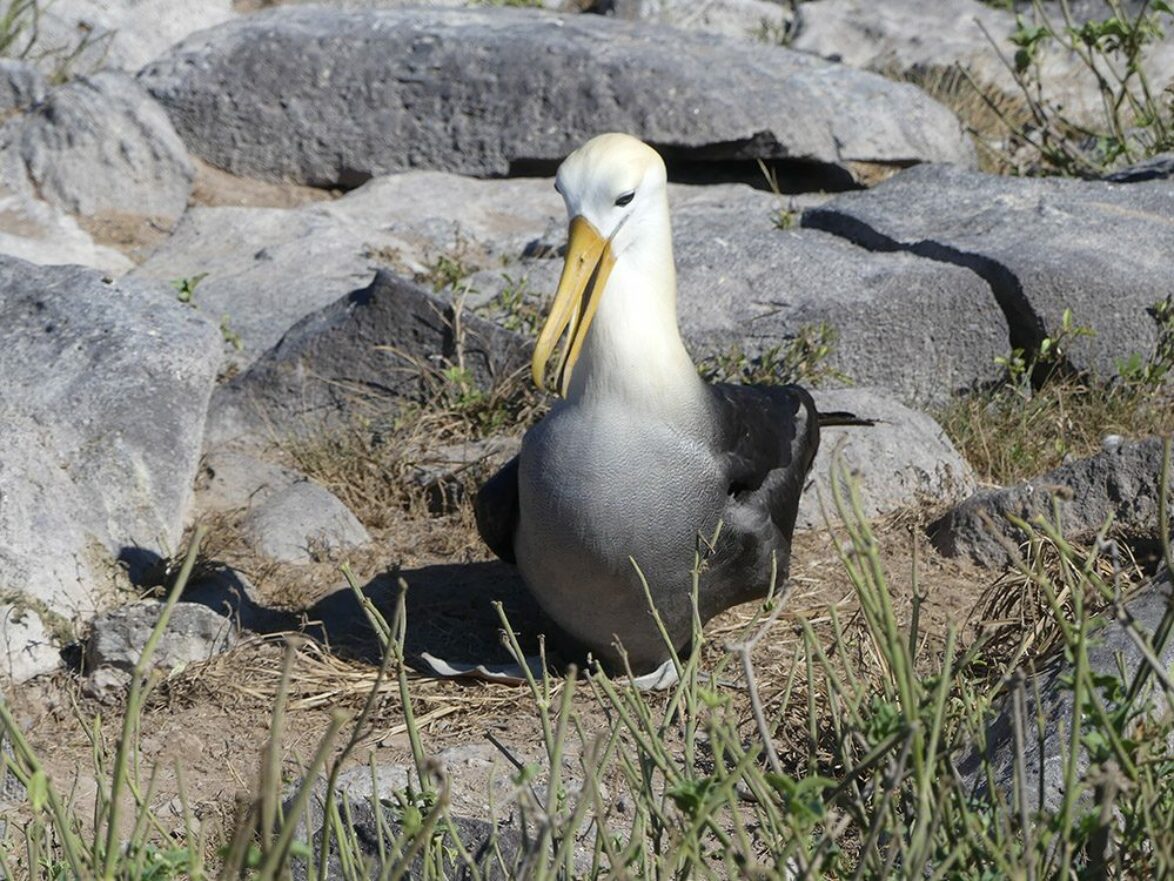
Marti the Hammerhead Shark is an awesome book, the kids love it and all the educational activities. It has been great for gaining their interest in wildlife conservation.
How has writing Alberto the Waved Albatross compared to writing Tessa the Giant Tortoise and Marti the Hammerhead Shark?
You would imagine the process becomes easier each time, but I’m not sure this is the case! Interestingly, there has not been the volume of research on the waved albatross as there has been for giant tortoises and hammerhead sharks, so finding facts and ensuring accuracy has been more of a challenge. The highlight for me is seeing the illustrator, Lisa Brown, bringing the characters to life with her amazing design skills. I fall in love with each character as soon as I see the preliminary sketches!
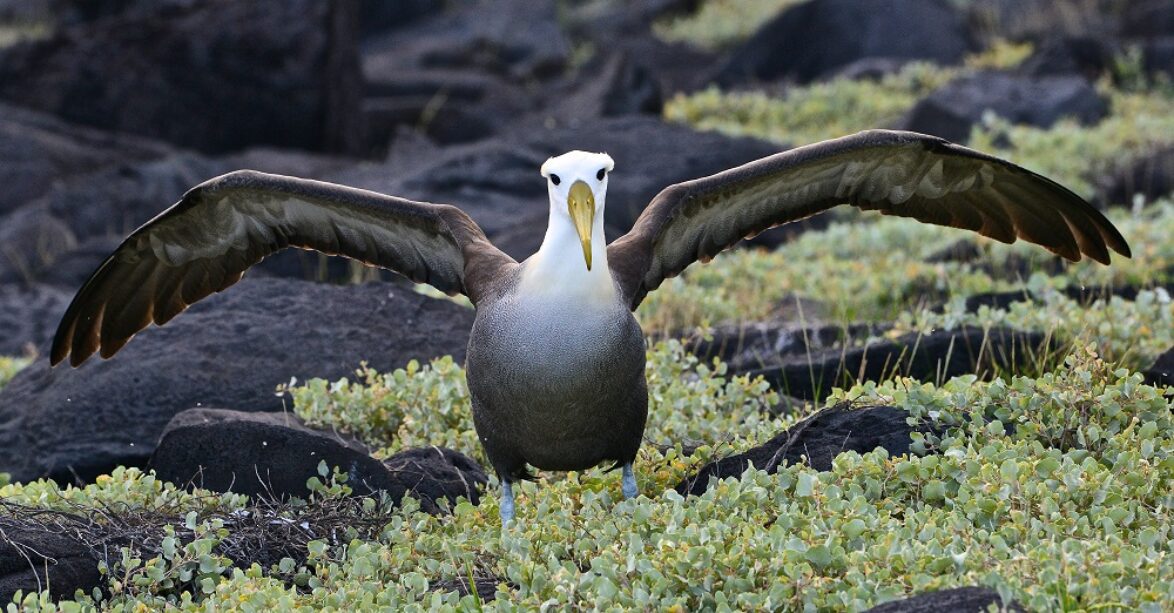
How important is it to engage children at a young age in learning about the environment through educational initiatives such as storytelling?
Children in Galapagos live on one of the world’s most pristine archipelagos, and yet many do not have the opportunity to explore and appreciate the unique wildlife and environments it offers. By engaging children through storytelling, we can bring Galapagos into their classrooms and homes, explore the animals they share their island home with and empower them to become future ‘Galapagos Guardians.’
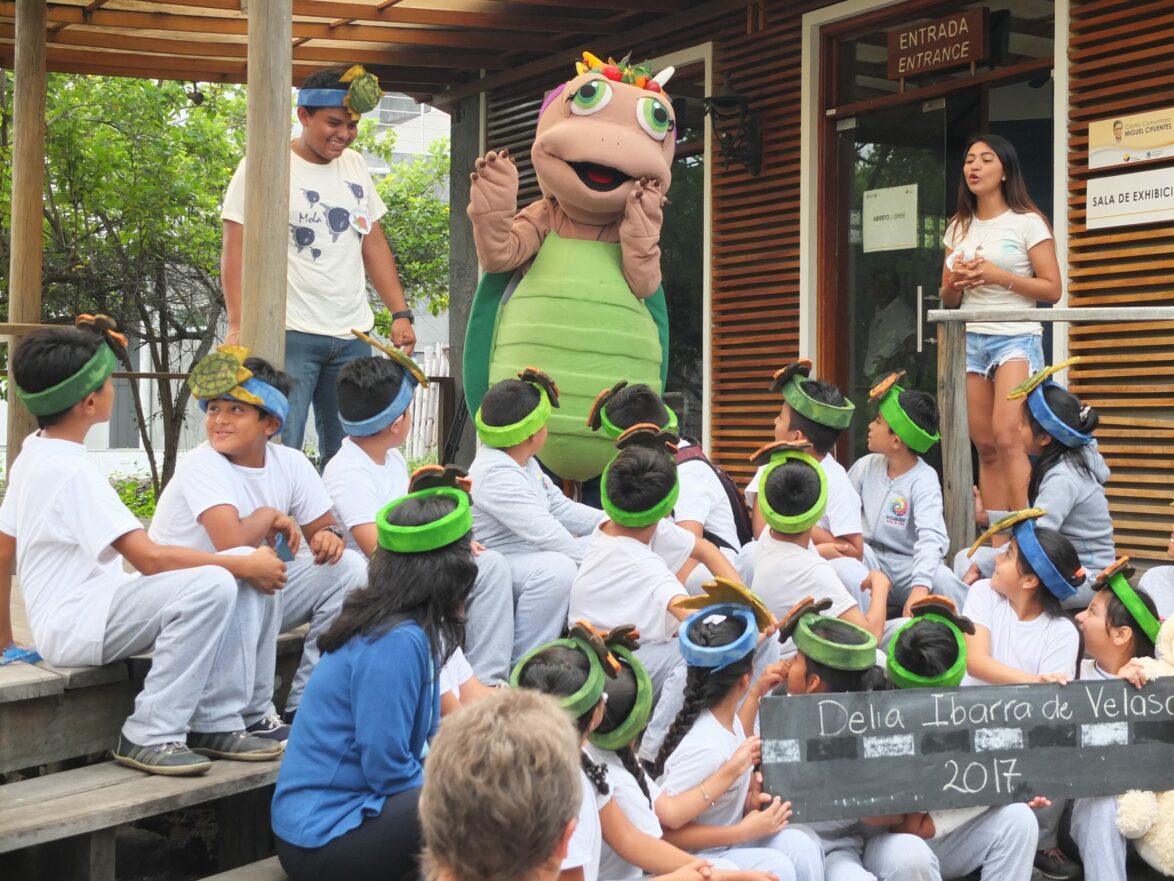
What impact have you seen in children participating in GCT-funded environmental education programmes?
Here in the UK, I have enjoyed being able to share knowledge through science and storytelling, exploring creative ways to link to the curriculum. I have loved seeing children enjoy participating in activities and growing in confidence as they learn more about the natural world. By connecting with the natural world at a young age, we hope to promote their lifelong conservation and stewardship values.
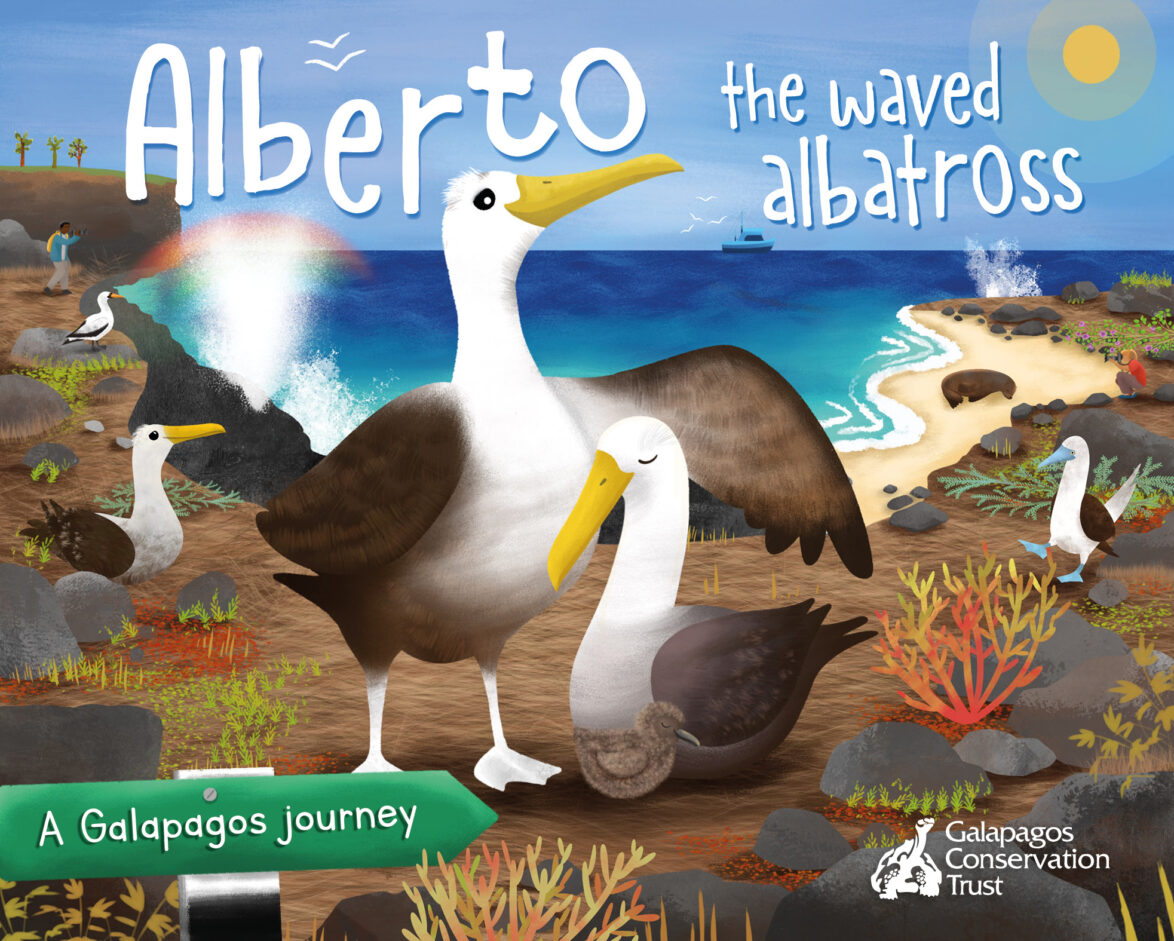
Children in Galapagos live on one of the world’s most pristine archipelagos, and yet many do not have the opportunity to explore and appreciate the unique wildlife and environments it offers.
How you can help
Help us raise £4,000 to bring Alberto the waved albatross and his family to life so that they can inspire people of all ages to protect the precious wildlife of the Galapagos Islands by supporting our crowdfunder.
Related articles

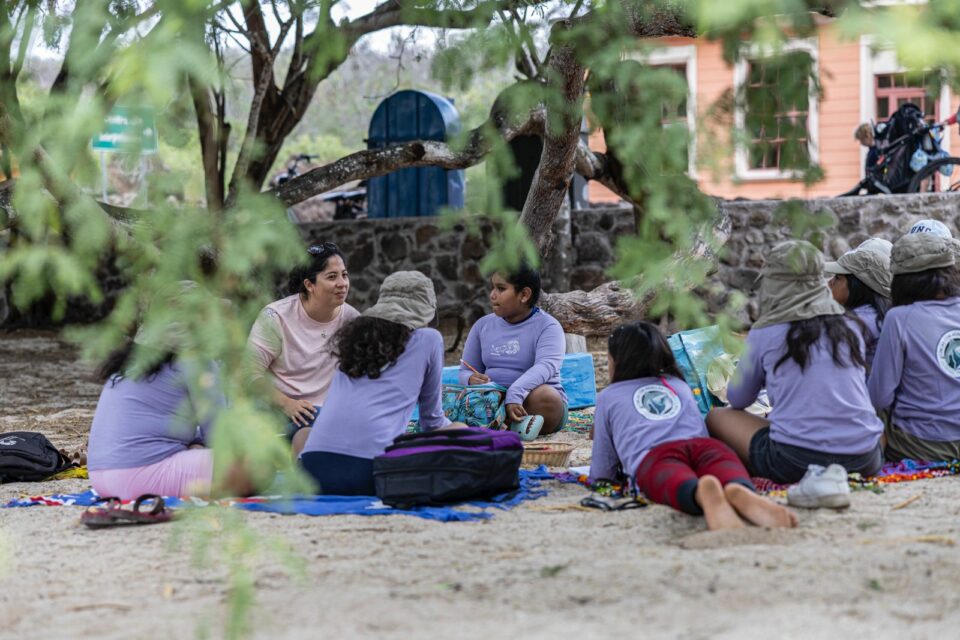
Gills Club: Empowering young women in Galapagos
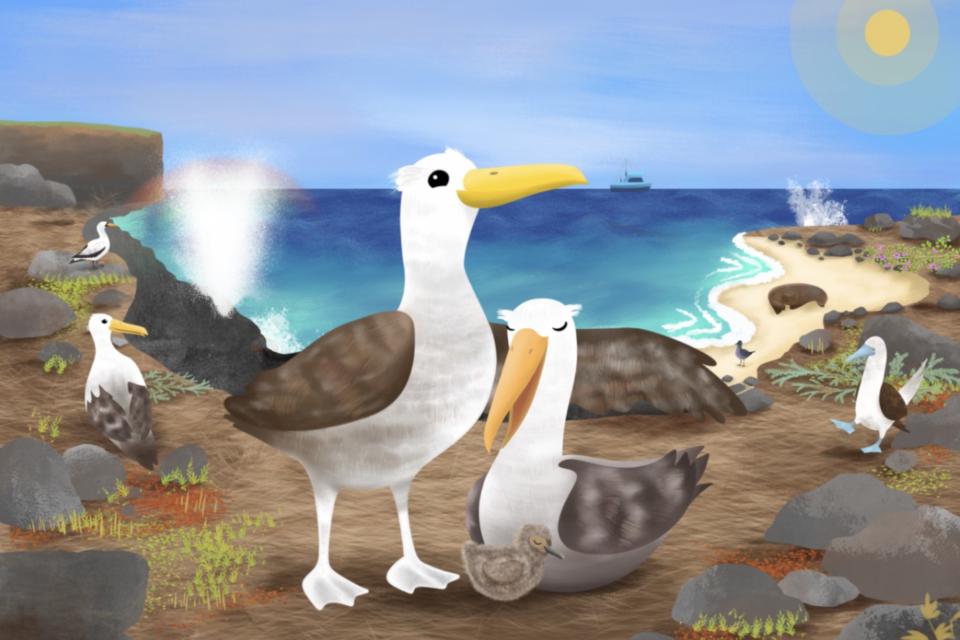
Meet the woman who brought Alberto the Waved Albatross to life


